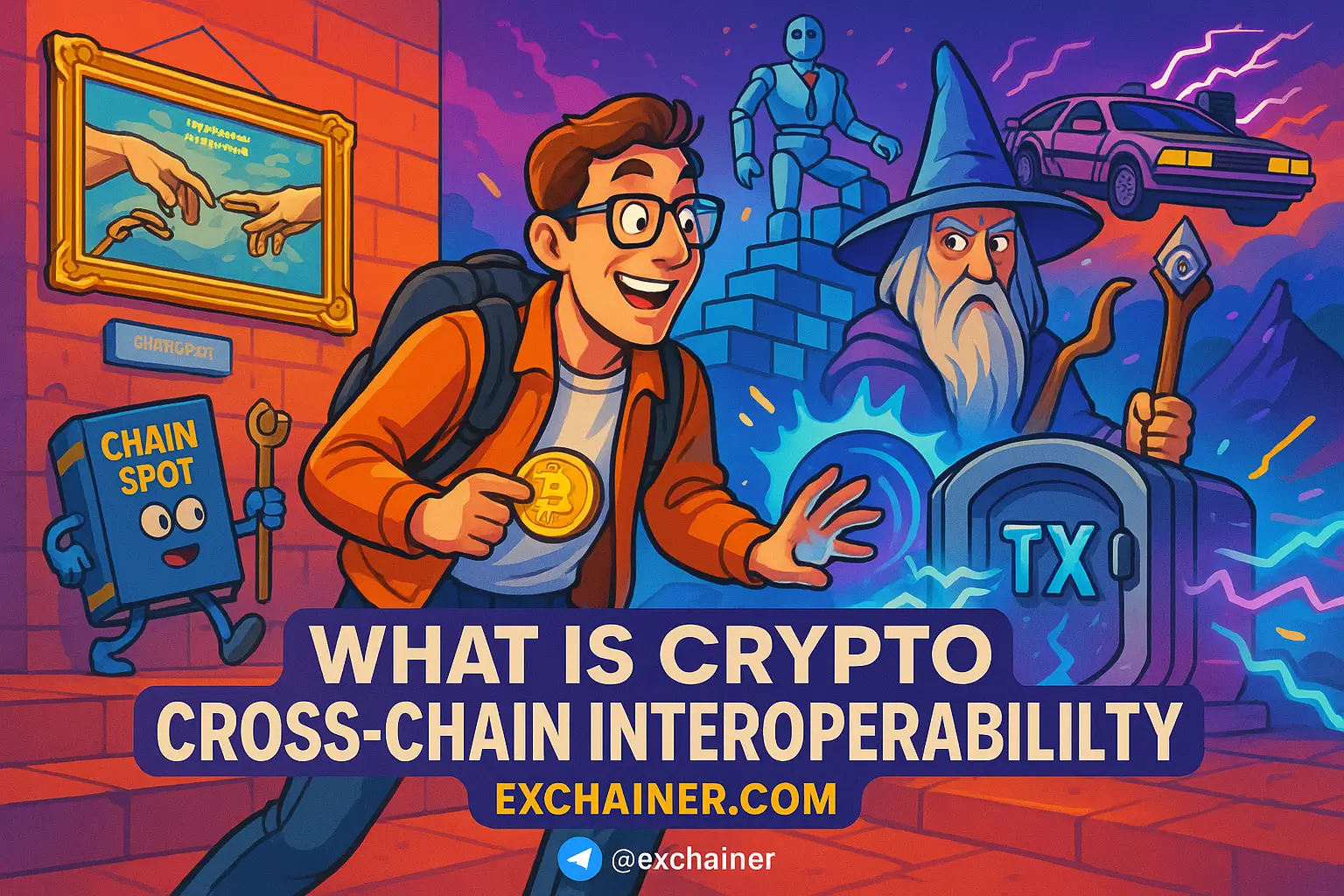Are you excited about the world of cryptocurrency and the technology behind it? Today, we are diving into an important concept in the blockchain space: crypto sharding. With many cryptocurrencies reaching staggering transaction amounts, scalability has become a pressing issue. If you are just starting your journey in the blockchain universe, understanding crypto sharding is vital. This technique can help enhance the efficiency and performance of blockchain networks, ensuring faster and cheaper transactions. But what is crypto sharding exactly? How can it benefit both beginner and seasoned users? With this guide, we will explore all the essentials you need to know about crypto sharding, including its mechanics, advantages, and real-world application in the crypto landscape.
Breaking Down the Basics of Crypto Sharding
To wrap your head around crypto sharding, you first need to understand a few fundamental concepts of blockchain technology. Blockchain is essentially a decentralized ledger that records all transactions within a network. As more users engage with the network, the strain on the system increases, which can lead to slow processing times and higher fees. This is where sharding comes into play.
So, what exactly is crypto sharding? Think of the blockchain as a streamlined digital highway filled with vehicles (transactions). As more vehicles enter the highway, traffic jams can occur, leading to delays. Sharding is akin to adding new lanes to that highway, allowing multiple vehicles to travel simultaneously. It divides the blockchain into smaller, more manageable pieces called "shards." Each shard processes its transactions independently, improving the efficiency, speed, and scalability of the overall network.
How Crypto Sharding Works
In a simplified way, let’s say you have a blockchain that processes transactions sequentially. When a new user attempts to transact on this blockchain, every transaction must be validated by the entire network. This results in slower transaction times as the number of users grows.
With crypto sharding, the network splits itself into smaller fragments, allowing them to process transactions concurrently. Here's a simplified process:
- Shards Creation: The overall network creates shards, where each shard holds a subset of the entire state database.
- Transaction Assignment: Incoming transactions are assigned to different shards based on criteria such as user location or transaction type.
- Simultaneous Processing: Each shard processes its transactions independently, drastically reducing the overall time taken to confirm transactions on the network.
- Finalizing Data: Once the shards complete their validations, the results get consolidated to ensure the integrity of the entire blockchain.
By decentralizing the workload, sharding can drastically enhance transaction speed while keeping costs low, making it an attractive option for many new blockchain projects.
The Advantages of Implementing Crypto Sharding
As with any technology, crypto sharding comes with its set of benefits. Let’s look at a few key advantages:
1. Scalability: One of the most significant challenges faced is scaling the transaction capacity without compromising speed. With sharding, additional shards can be added to accommodate more transactions as the network grows.
2. Faster Transactions: Since multiple transactions are processed simultaneously in different shards, the overall transaction times shrink significantly. This can lower waiting times for users and enhance their experience.
3. Lower Fees: With a reduced workload on each individual shard, transaction fees can be significantly lowered. This is especially beneficial for high-volume networks.
4. Resource Optimization: Sharding allows networks to utilize their computational resources more effectively. By distributing workload across shards, you can reduce server strain and improve efficiency.
Real-World Applications of Crypto Sharding
Now that we've defined and discussed some benefits of crypto sharding, it's time to see how this technology manifests in real-world applications.
One of the most popular implementations of sharding presently is Ethereum 2.0. The Ethereum network is transitioning from a proof-of-work consensus mechanism to proof-of-stake and implementing sharding to improve scalability. By enabling sharding, Ethereum aims to increase its transactions per second, making the platform more suitable for decentralized applications.
Another interesting project that employs sharding is Zilliqa. It uses sharding to split the network into smaller groups (shards) that can handle transactions in parallel. Zilliqa has shown impressive results, boasting the ability to process thousands of transactions per second.
These projects highlight that sharding is not merely a theoretical concept; it is gaining momentum among leading blockchain platforms and significantly improving their performance.
Challenges and Considerations of Crypto Sharding
While the benefits of sharding are numerous, it is essential to acknowledge the challenges that come with it. Here are a few considerations:
1. Complexity: Implementing sharding adds a layer of complexity to the network architecture. It can be challenging to design and maintain an efficient sharding mechanism, and developers must ensure that data integrity remains intact.
2. Security Risks: With a larger surface area for attack vectors, sharded networks may face enhanced security risks. A malicious actor could potentially target individual shards to disrupt the network.
3. Coordination Overhead: Coordinating between shards can introduce latency, particularly when consolidating transaction results. Striking a balance between speed and decentralization is necessary for an effective sharding strategy.
4. Resource Distribution: An uneven distribution of resources across shards may lead to some shards being overburdened while others are underutilized. Adequate measures are essential to ensure an evenly balanced system.
Tips for Beginners in Crypto Sharding
As you embark on your understanding of crypto sharding, here are a few tips to help you navigate the complexities:
-
Stay Informed: Follow projects implementing sharding and other blockchain innovations. Websites like CoinMarketCap provide comprehensive data about various cryptocurrencies and ongoing developments.
-
Engage with Communities: Join forums and communities discussing these topics. Platforms like Reddit and Discord are great places to connect with knowledgeable individuals.
-
Always Do Your Research (DYOR): Before investing in any project incorporating sharding, conduct thorough research. Understand their architecture and approach before making any decisions.
-
Explore Further Resources: Check out educational blogs and articles like those on Exchainer's Crypto 101 category that covers blockchain basics and sophisticated concepts alike.
-
Practice Patience: Understanding cryptocurrency and blockchain technology is a journey. Take your time to digest information, ask questions, and learn gradually.
Conclusion
In conclusion, crypto sharding represents a vital evolution in blockchain scalability and efficiency. By breaking networks into smaller segments that can function independently, sharding addresses key challenges that have hindered many blockchain platforms’ growth. With projects like Ethereum 2.0 and Zilliqa pushing the boundaries of what is possible with this technology, the future of sharded networks looks promising. The benefits of enhanced speed, reduced fees, and scalability make it an essential concept to grasp on your cryptocurrency journey.
If you’re eager to dive deeper into the cryptocurrency space, we encourage you to explore more guides and resources available on Exchainer.com. Discover cryptocurrency basics, trading strategies, and essential tools for navigating this exciting landscape. Start your crypto journey today, and who knows where it might lead you!












